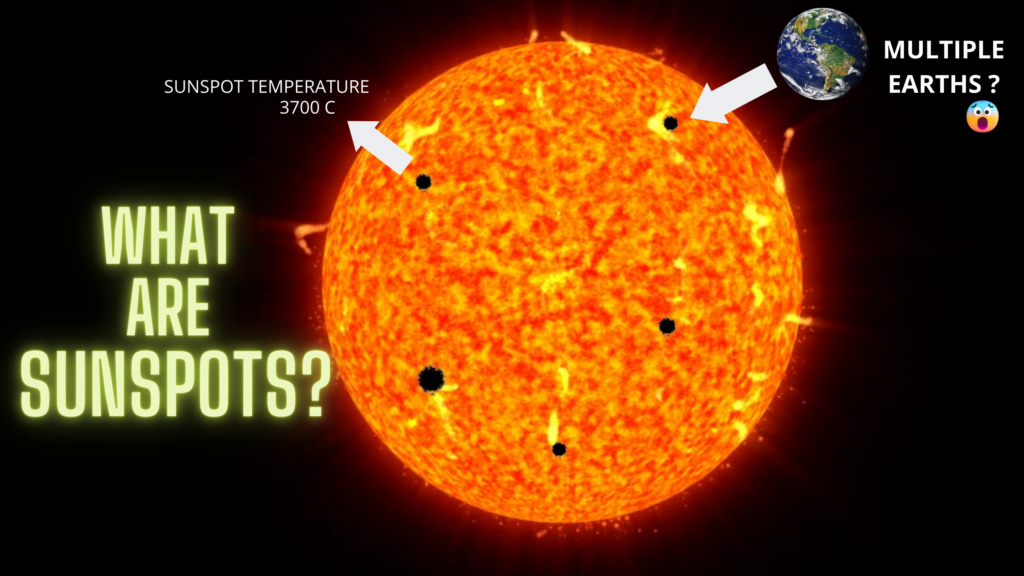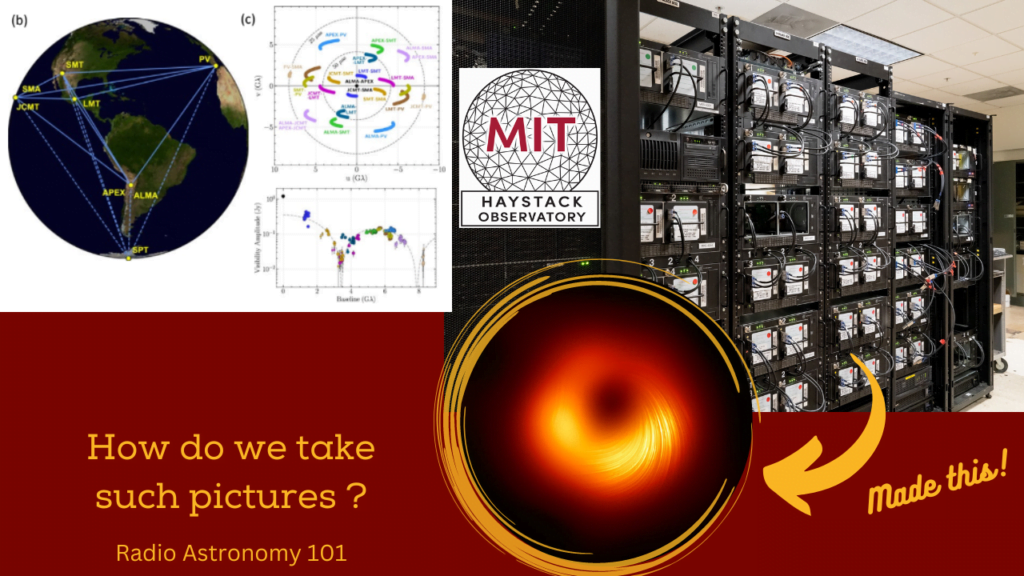Closest Intermediate-Mass Black Hole To Earth
The study of black holes has always fascinated astronomers, especially when it comes to intermediate-mass black holes (IMBHs), which lie between stellar mass and supermassive black holes. Recent research has provided compelling evidence for the existence of an IMBH in the globular cluster Omega Centauri, the most massive cluster in the Milky Way. This discovery not only sheds light on the nature of black holes but also offers insights into the formation of supermassive black holes in the early universe.
The Enigmatic Omega Centauri
Omega Centauri, often referred to as ω Cen, is a unique globular cluster due to its high mass, complex stellar populations, and kinematics. It is widely considered the stripped nucleus of an accreted dwarf galaxy. Its proximity to Earth, at a distance of 5.43 kiloparsecs, makes it an ideal candidate for studying IMBHs[1].
Discovery of Fast-Moving Stars
A recent study has identified seven fast-moving stars in the central region of Omega Centauri. These stars exhibit velocities significantly higher than the cluster’s escape velocity, suggesting they are gravitationally bound to a massive black hole. The velocities of these stars provide a firm lower limit for the black hole’s mass, estimated at about 8,200 solar masses, making it a strong candidate for an IMBH[1].
Significance of the Findings
The presence of these fast-moving stars is crucial evidence supporting the existence of an IMBH. Without a massive object at the cluster’s center, these stars would escape the cluster within a thousand years. The study’s findings align with the predicted consequences of an IMBH, as opposed to mass-segregated stellar-mass black holes[1].
Astrometric Analysis and Implications
The research utilized an updated proper-motion catalog based on over 500 Hubble Space Telescope images spanning 20 years. This extensive dataset allowed for the discovery of a statistically significant overdensity of fast-moving stars in the cluster’s center. The study employed rigorous quality checks to ensure the reliability of the astrometric data, focusing on stars with velocities at least three standard deviations above the escape velocity[1].
Challenges and Future Prospects
Despite the robust evidence, several parameters of the system remain unknown, such as the exact mass and location of the massive object, and the line-of-sight velocities of the stars. However, the study’s findings have set a new lower limit on the black hole’s mass and provided a preferred position for the IMBH. Future observations and improved modeling are necessary to refine these estimates and enhance our understanding of IMBHs[1].
Conclusion
The detection of an IMBH in Omega Centauri marks a significant milestone in astrophysics. It not only enriches our understanding of black hole demographics in low-mass galaxies but also contributes to the broader narrative of galaxy evolution and black hole formation. As the closest massive black hole to Earth, this discovery offers a unique opportunity for further study and exploration.
For a more detailed visual explanation, you can watch the accompanying video on this topic on my channel. This video complements the article and provides additional insights into the fascinating world of intermediate-mass black holes.
Citations:
[1] https://www.nature.com/articles/s41586-024-07511-z
[2] https://storykit.io/blog/video-for-seo
[3] https://www.semrush.com/blog/seo-writing/
[4] https://www.forbes.com/sites/forbesagencycouncil/2020/05/01/the-importance-of-technical-optimization-for-seo/
[5] https://www.lemonlight.com/blog/video-seo-the-ultimate-guide-to-boost-your-websites-ranking/
[6] https://blog.hubspot.com/marketing/blogging-for-seo
[7] https://www.hannonhill.com/blog/2023/the-importance-of-technical-seo.html
[8] https://playplay.com/blog/optimize-video-seo/
[9] https://ppl-ai-file-upload.s3.amazonaws.com/web/direct-files/12862127/56b93a8c-d7b1-4111-a669-e8e52ac21604/s41586-024-07511-z-2-.pdf
[10] https://youtu.be/fV-7Bpoef8w

